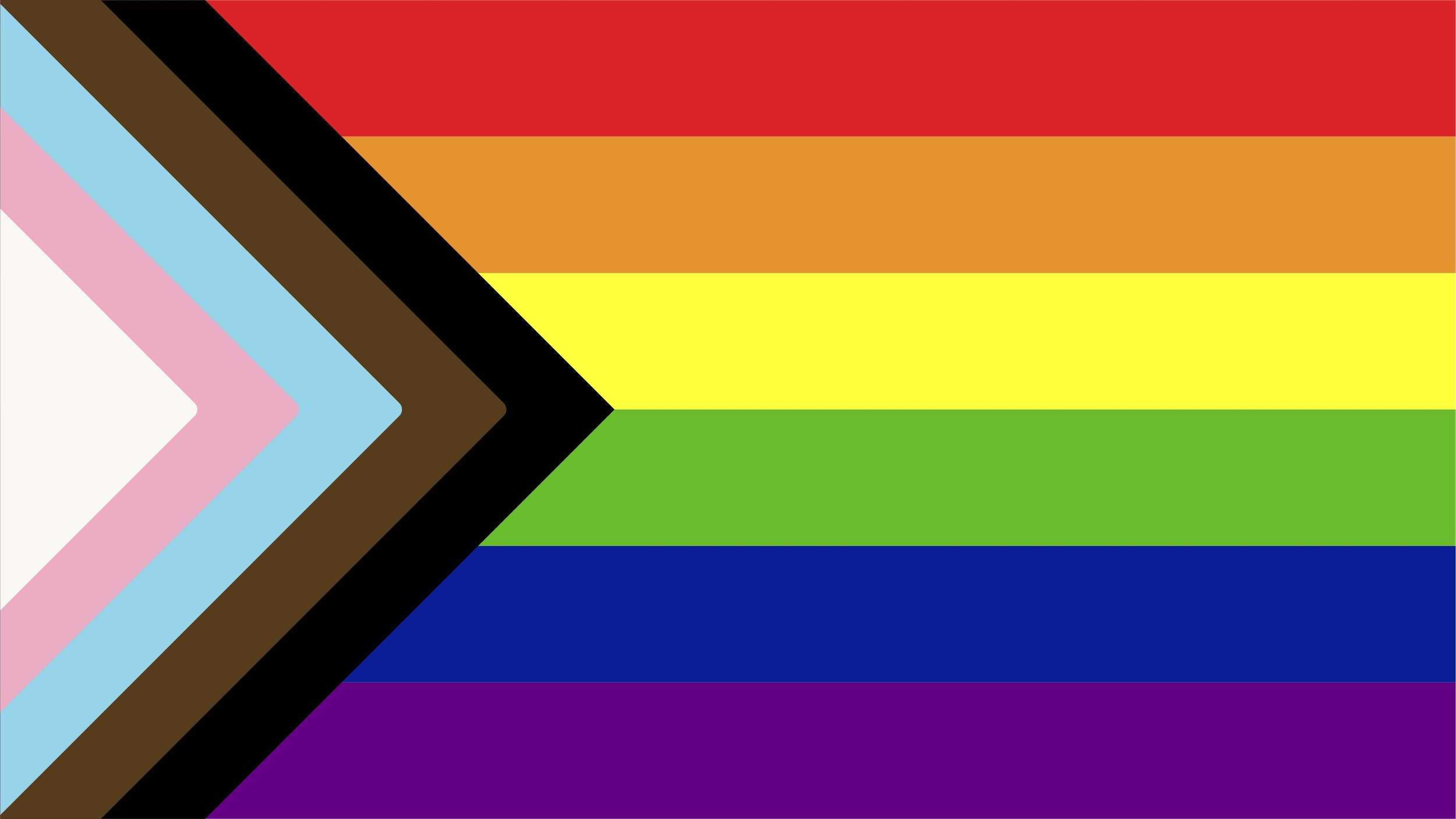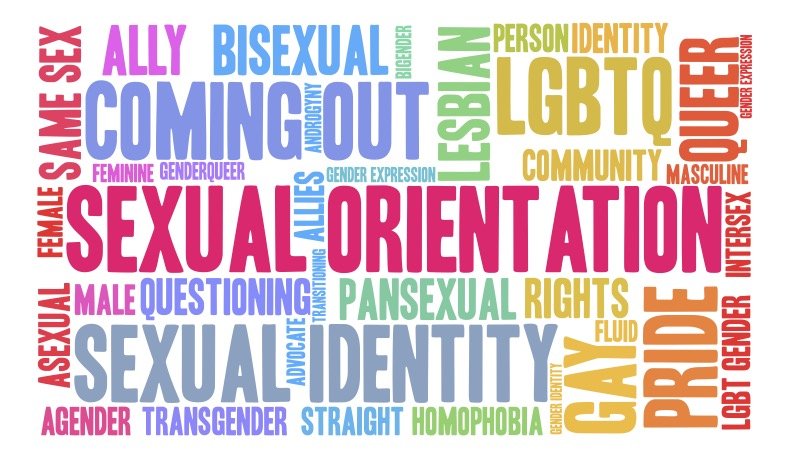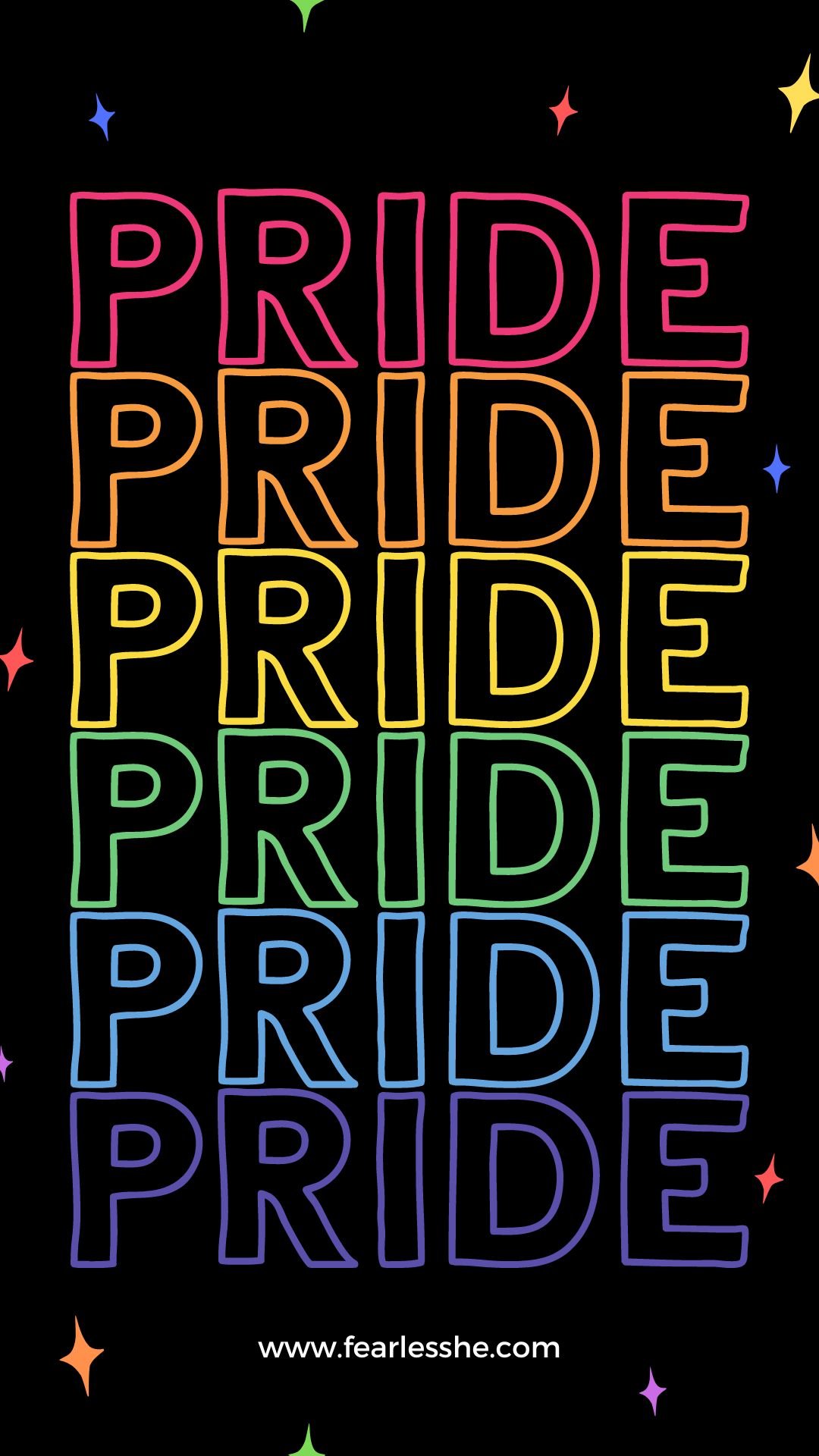PRIDE & ADVOCACY: 6 Ways To Be An Advocate & Ally To LGBTQIA+ People.
This PRIDE month, as well as honoring and celebrating how people identify and who they chose to love, what is also needed is support, advocacy and challenging discrimination that trans and queer people continue to face.
It is important for individuals, regardless of sexual orientation or gender identity, to be effective and thoughtful advocates and allies in support of the transgender and LGBTQIA+ community. Here are some ways that you can be an advocate for LGBTQIA+ people:
1. Educate yourself: Learn about the history of discrimination faced by this community and understand the history of LGBTQIA+ rights, activism and the interplay of intersectionality. Learn about organizations and individuals who are working for change, and stay informed on the latest issues affecting trans and queer people. Being aware of current events related to the transgender and LGBTQIA+ community will help you be more prepared to act as an advocate. Even if you’re part of the community, there may be some experiences you may not center, or be aware of, whether it’s trans people’s experiences, non-binary folks or the intersections of Asian, Black, Indigenous or Latine queer experiences.
2. Speak up: If you witness someone being discriminated against in public or online, stand up for them and let those around you know that it is not acceptable. Use your platform to spread awareness about trans and LGBTQIA+ issues and champion their causes. Offer support in the face of adversity and remember that a small action can make a big difference.
3. Get involved: Get active through offering time or money to organizations, charities or social impact organizations that support the transgender and LGBTQIA+ community. Attend events, volunteer your time at Pride parades or rallies, and/or donate money to meaningful initiatives.
4. Practice inclusive language: Language has a powerful influence on how we think, act, and perceive others. Using gender-neutral language and pronouns is one of the most important ways to show respect for trans and LGBTQIA+ people since it helps to normalize gender diversity and reaffirm the presence of non-binary individuals in society. Additionally, using respectful terms that refer specifically to LGBTQIA+ identities (e.g., "queer") and avoiding outdated language (e.g., "transvestite" or “homosexual”) is key to being an ally and can help to make conversations more inclusive.
5. Advocate for policy change: Write letters or emails, sign petitions, and contact your local representatives to voice your support for laws that protect trans and LGBTQIA+ people from discrimination in the workplace, housing, healthcare and other areas of life.
6. Demonstrate your support: Wear a rainbow pin or other symbol of solidarity, talk to your friends and family about the importance of being an ally and advocate, and use social media to spread awareness. In addition to advocating for transgender rights in your own life, it's vital that we all participate in creating a more inclusive world by taking action.
By taking these steps, you can become a better ally and advocate for trans and LGBTQIA+ people in your community. Your support is invaluable to ensuring that everyone has the opportunity to live their truth without fear of discrimination and safety.
Finally, it's important to remember that advocating for the rights of transgender and LGBTQIA+ people isn’t just during PRIDE month or at times of crisis – it's a lifelong commitment. Whether it's through small actions or big ones, by doing simple things like using inclusive language, educating yourself on the issues, and speaking up against injustice when you see it, we can all make a difference in the fight for transgender and queer rights and create a society where everybody is valued. Together, we can create a more equitable world for all.
FAQ, References & Resources
WHAT IS LGBTQIA+?
LGBTQIA+ is an abbreviation for lesbian, gay, bisexual, transgender, queer or questioning, intersex, asexual, and more. These terms are used to describe a person’s sexual orientation or gender identity. See GLAAD’s LGBTQ+ Media Reference Guide for more detailed definition and resources.
What are Pronouns & Gender Identity?
Gender identity is our internal, individual experience of gender. It is directly linked to our sense of self and the sense of being male, female, both or neither.
While pronouns are pivotal to an individual’s gender identity and how they relate to the world and others, it is important to keep in mind that a person’s pronouns are not exclusively linked to gender and may not match your perception of that individual. Your assumption can leave a person feeling invalidated and dismissed. Taking the time to get to know a person better will help everyone feel more connected and respected.
Remember, mistakes happen and that’s ok! Acknowledge your mistake the same as you would any other—recognize, apologize and move on.
Here are a few ways you can be more inclusive and affirming when it comes to pronouns:
Share your pronouns when introducing yourself. For example: “My name is Maria and I use she/her pronouns.”
Ask don’t assume - ask someone when you first meet them. For example “what is your name and what are your pronouns?” Pronouns are just like asking for someone’s name…it’s asking how do you like to be identified, and then honoring that.
Include your pronouns in your email signature, on name tags at events, in your zoom name, and on your social media bio.
When addressing groups of people or people whose pronouns have not been shared with you, use gender neutral language such as “elle” instead of “el” or “ella,” “siblings,” “students,” “all” or “folks” rather than “brothers and sisters,” “guys,” “sir,” etc…
Putting pronouns into practice shows your commitment to building an affirming space for all types of identities and experiences. We encourage you to use and share these tips.
What is Intersectionality?
Intersectionality is the balance between our merging identities and the singular lived experience that comes as a result. Coined in 1989 by Dr. Kimberlé Crenshaw to refer to the compounding impacts of simultaneous racial and gender discrimination, and now widely applied within many social justice spaces, intersectional theory gives language to the complex layers that make up each of us, uncovers where they intersect, and highlights how we then experience the world as a result.
Without it, efforts to address injustice, inequality, and inequity will never fully meet the needs of the people impacted.
(Sources: GLAAD.org, NYC Gay Center, Kimberlé W. Crenshaw)



